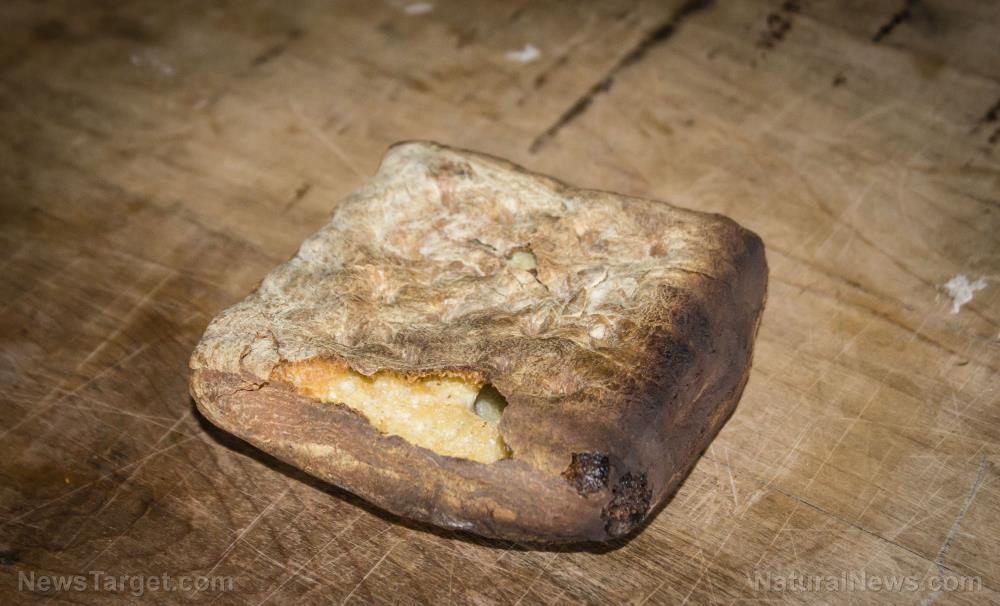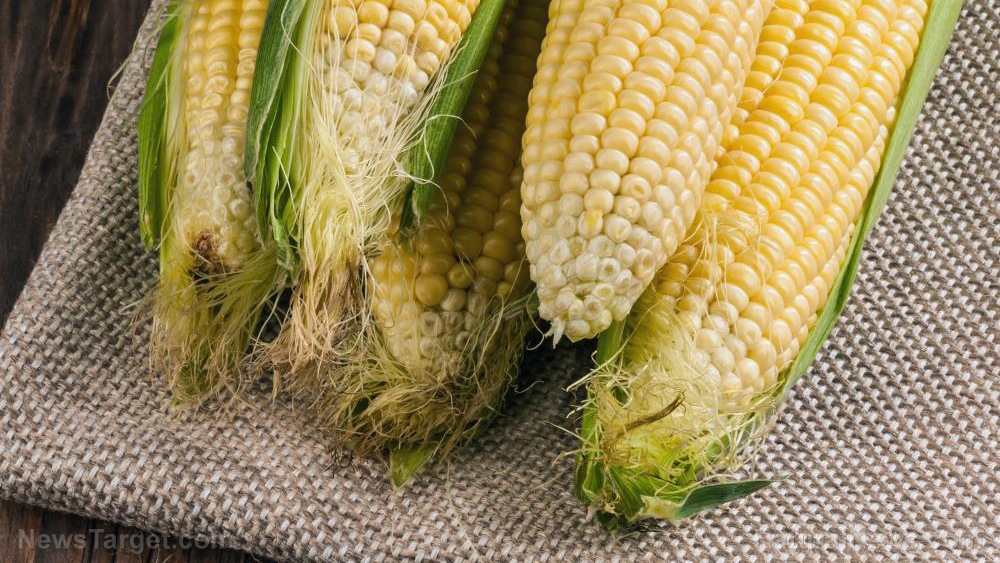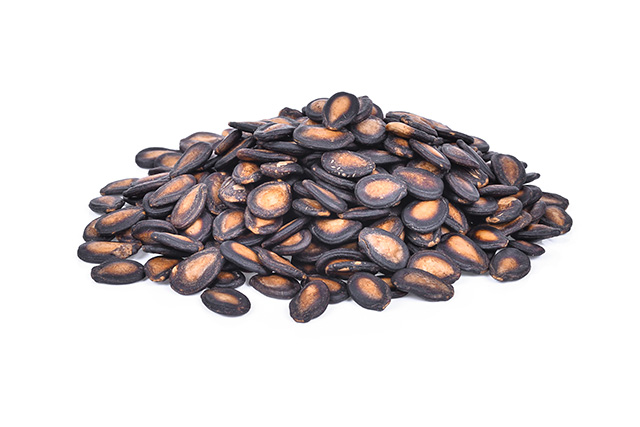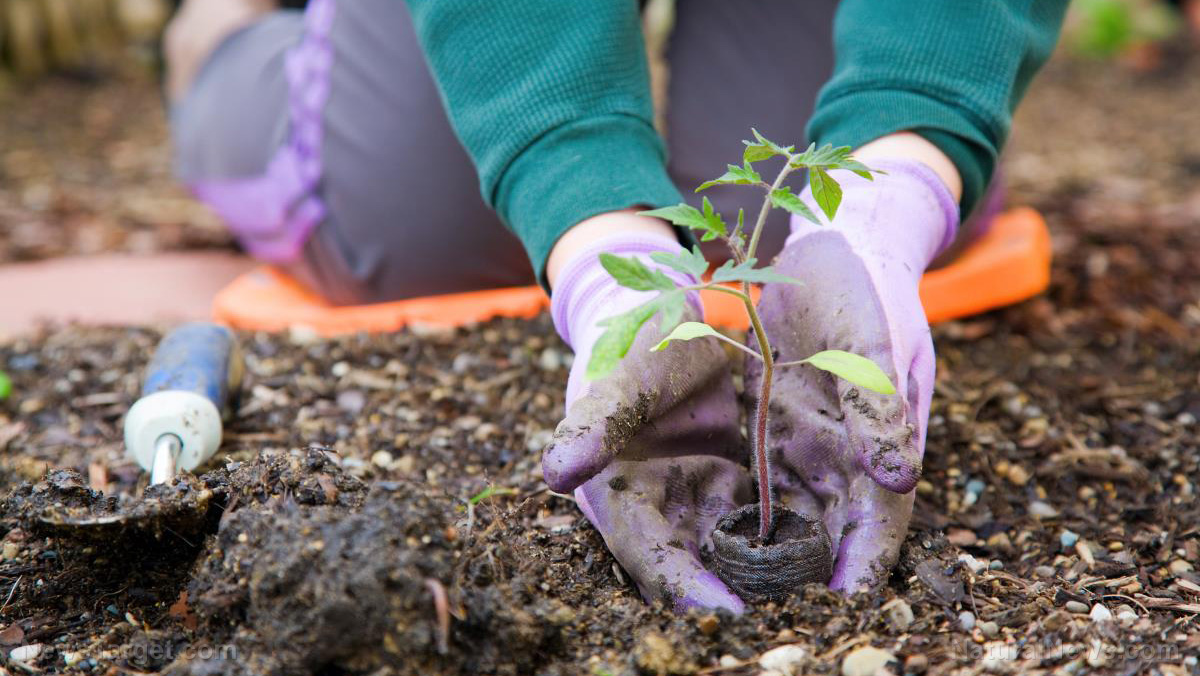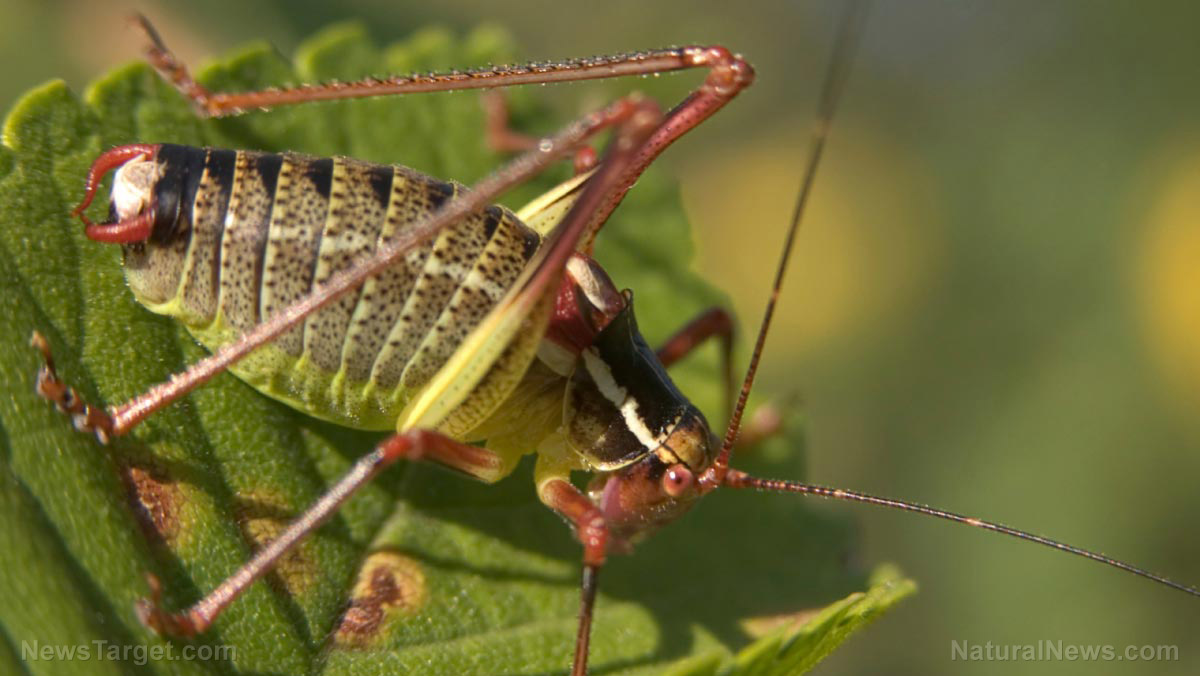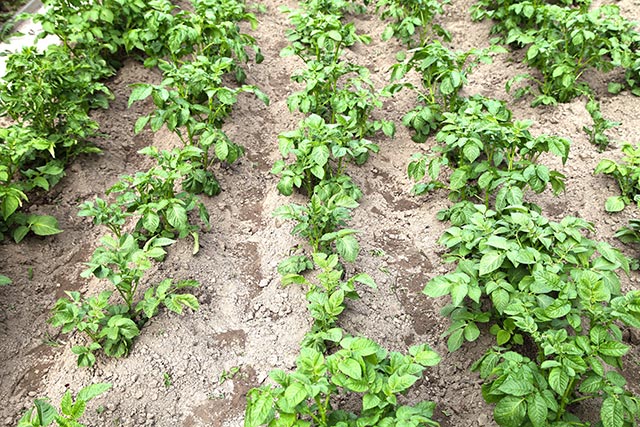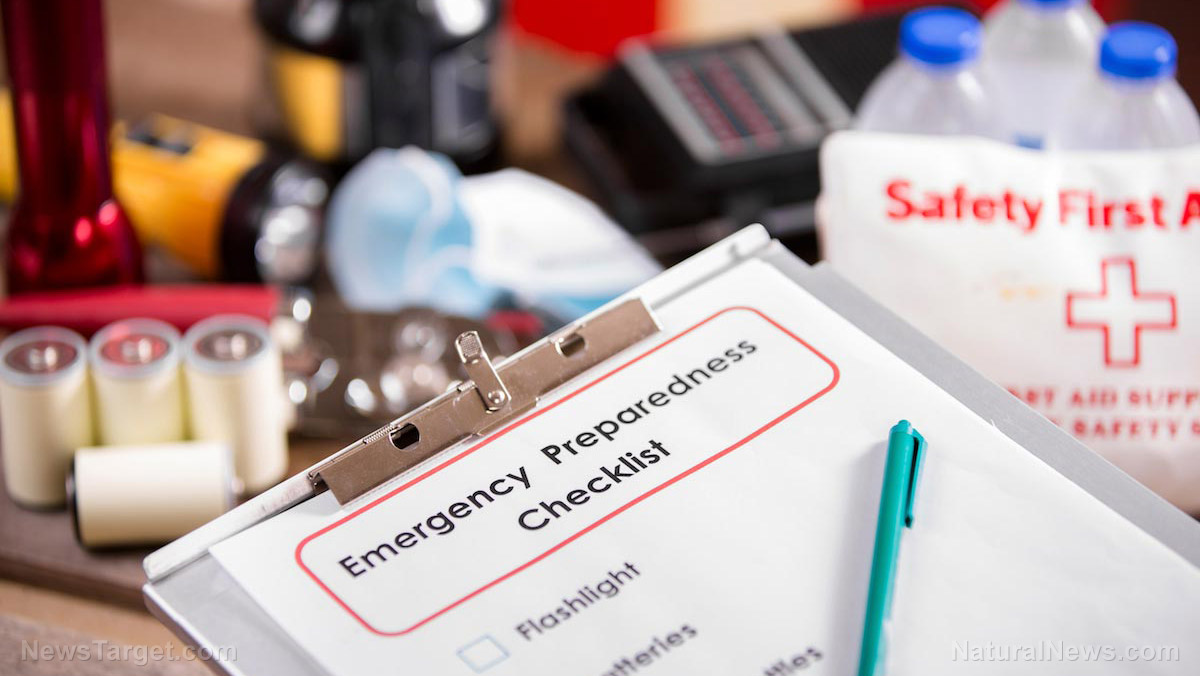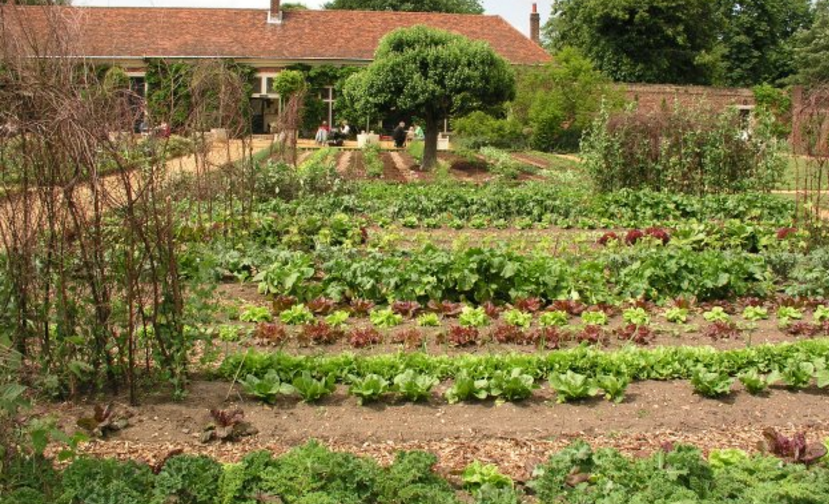Hunting rabbits? Here are some tips for success
09/02/2018 / By Jayson Veley
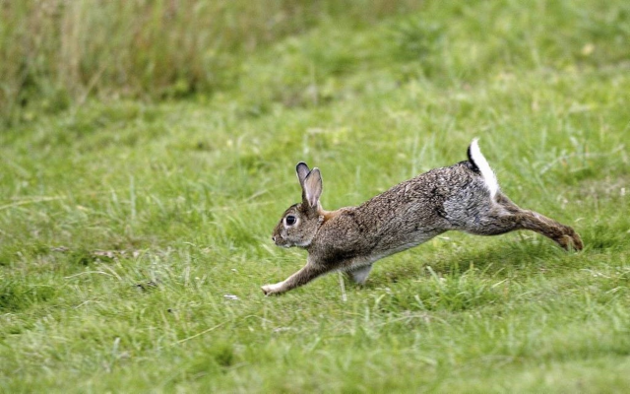
As most hunters will tell you, hunting a rabbit can be difficult. A successful kill typically requires one of either: busting through the brush and trying to shoot the hightailing cottontail before it’s able to get away, or setting a beagle loose in hopes that it will be able to chase it down for you. However, when there is snow on the ground, there are even more options that you can take advantage of to increase your chances of taking home a couple of the long-eared critters.
Indeed, snow can be a hunter’s best friend. Not only does it make a rabbit’s tracks more visible, but it also helps to make your footsteps significantly quieter, which is necessary if you plan on sneaking up on something as skittish and as alert as a wild bunny.
In order to find a rabbit after a snowfall, look for places where cover meets food sources. Rabbits typically feed on things like buds, twig tips, stems, and sapling during the winter months, so focus on areas that have stands of birch, maple, sumac or willow, along with thickets of blackberry or raspberry. Being able to follow a rabbit’s tracks in the snow while also knowing the areas that they typically like to congregate will give you a tremendous advantage when you go out hunting.
RealTree.com elaborated further on where hunters can expect to find rabbits, explaining that, as previously mentioned, they can be found anywhere they can find shelter from predators and sources of food. However, Real Tree noted that “in most locations, sparse cover does not hold rabbits like it once did. Hunters must concentrate on areas with denser and more abundant cover to find rabbits in good supply.” (Related: A recent study indicates that Canadian geese are starting to outsmart hunters by spending hunting season in the cities.)
Of course, it’s not just the rabbits that are going to be using cover; the hunter must also know how to stalk, and that means knowing what to look for in order to stay silent and out of sight. Cover such as blackberry and multi-flora rose can be extremely noisy, so it’s best to avoid those and instead concentrate on the edges. However, you still want to hunt far enough from the vegetation so as to avoid getting your sleeves covered in briars and prickly buds. A logging road is an ideal path to take when hunting rabbits. If you are lucky enough to find a fencerow or a windbreak that runs adjacent to a field of winter wheat or any other type of rabbit food source, you can use it as cover while you wait patiently for a bunny to come into view. Additional cover that you can look for includes anything from old stone fences, to abandoned buildings, to tree trunks.
In many ways, still-hunting a rabbit is no different than stalking and taking down big game. You want to move as slowly as you possibly can, being careful not to let the thrill and excitement of hunting cause you to rush. Considering the fact that bunnies have excellent eyesight, it is vital that you see it before it sees you; otherwise, you’re either going to have to shoot your target while it’s on the run or walk away empty-handed. In states where hunters are not required to wear blaze orange, it’s a good idea to invest in and wear head-to-toe snow camo. This will certainly help, but when hunting something with as good eyesight as a rabbit, you still have to be careful. That being said, if you do spot a rabbit, it’s probably best to take the first shot you get as opposed to attempting to sneak closer, given that the latter will almost always result in the rabbit seeing you.
Hunting down a rabbit can take a lot of time and effort, but once you finally do make the kill, it is extremely satisfying. Happy hunting!
Sources include:
Tagged Under: food supply, hunting, off grid, prepping, rabbits, self-reliance

